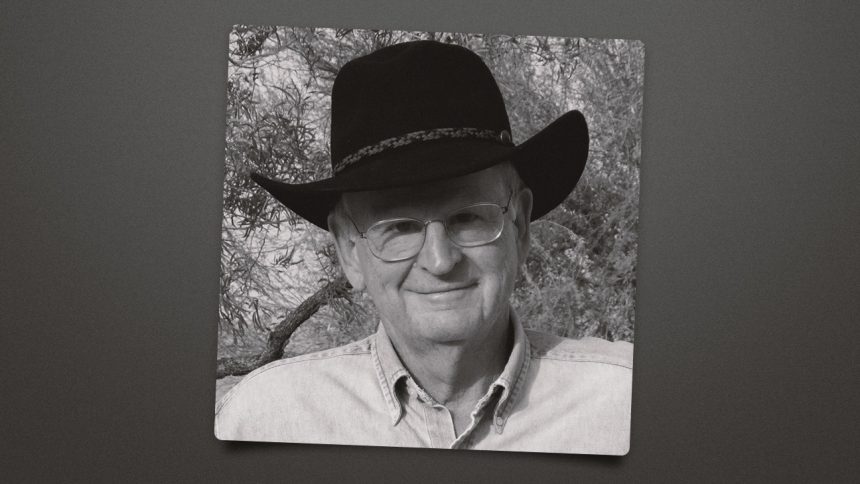Nicholas Clapp, Documentarian and Author Known as a “Modern-Day Indiana Jones,” Dies at 89
Nicholas Clapp, a documentarian, author and amateur archaeologist who studied, filmed and wrote about the deserts of the world as a “modern-day Indiana Jones,” has died. He was 89.
Clapp lived in Anza Borrego State Park in Borrego Springs, California, and died Wednesday after a stroke, his daughter Cristina Clapp told The Hollywood Reporter. He had been out hiking the day before.
Clapp started out at the National Geographic Society in the 1960s and was a producer and production manager, respectively, on two Oscar-nominated documentaries released in 1973 and 1975: the Leslie Nielsen-narrated Journey to the Outer Limits, which revolved around a climb of the Santa Rosa Peak in the Peruvian Andes, and the E.G. Marshall-narrated The Incredible Machine, a “journey” inside the human body.
Clapp served as an editor in 1968 on the ABC series The Undersea World of Jacques Cousteau and produced and directed 1971’s The Great Mojave Desert, a one-hour special for National Geographic and CBS. He went on to win more than 70 awards for his documentary work.
You Might Also Like
In a quest that began in the early 1980s, Clapp led expeditions to Arabia with a team that included space scientists and geologists to search for the lost, gold-filled city of Ubar that, according to the Koran, sunk into the desert as a result of God’s wrath upon its sinful people.
His team would spend four years digging before locating Ubar in what is now Oman, and that made for a 1996 PBS documentary and a 1998 book, The Road to Ubar: Finding the Atlantis of the Sands.
As an amateur archaeologist, “You can do things the professionals can’t,” Clapp told the Los Angeles Times in 1998. “There are no reputations at stake, no colleagues looking over your shoulder. That freed me to perhaps do things others wouldn’t do.” The piece described him as “a modern-day Indiana Jones.”
Clapp was born in Providence, Rhode Island, on May 1, 1936. His grandfather Daniel was a miner who would perish in an underground accident, and his great uncle George owned a minstrel show that toured Western mining camps.
Clapp lived with the Zapotecs of southern Mexico, an experience that earned him a scholarship to Brown University. After graduation, he came to Los Angeles in 1958 and earned his master’s degree in cinema from USC.
His first job out of film school was as an assistant editor on Get Smart, which his daughter said was “the one non-educational show” she and her sister, Jennifer, were allowed to watch as kids.
In 1967, Clapp edited National Geographic specials about Alaska and birds and directed another one called The Haunted West in 1973. He also produced specials about the Mojave Desert in 1971, the Sahara in 1973, big cats in 1974, the history of British naval operations in 1975 and animals who are “hated” in 1976.
His other books included 2001’s Sheba: Through the Desert in Search of the Legendary Queen; 2007’s Who Killed Chester Pray?: A Death Valley Mystery; 2012’s Gold and Silver in the Mojave: Images of a Lost Frontier; 2015’s Virginia City: To Dance With the Devil and Old Magic: Lives of the Desert Shamans; 2017’s Bodie: Good Times & Bad; and 2019’s The Outlaw’s Violin.
Clapp also worked for Disney, producer David Wolper, director Mel Stuart and the White House during his career. More recently, he fought to preserve deserts in California.
In addition to his daughters, survivors include his wife of 18 years, Bonnie. His first wife, Kay, accompanied him on location for National Geographic projects and to the Oman expedition.


